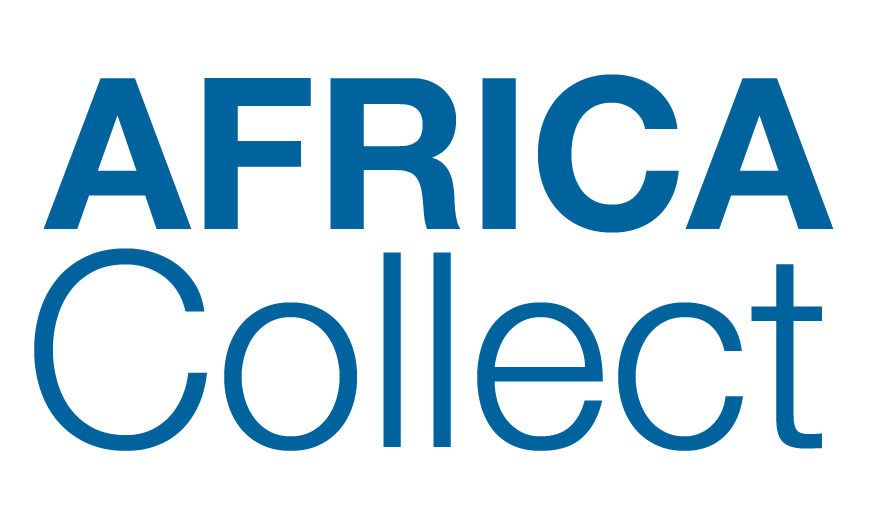The Modern African Art Collector: Between Heritage and Horizon
Over the years, the voice of the modern African art collector has become a subject of growing debate and reflection across global art markets. At the heart of this discourse lies a fundamental question: What defines today’s African art collector?. When this question enters public forums, conversations can quickly become tense particularly between two contrasting perspectives.
On one side is the traditionally affluent, often older collector who views African art through the lens of historical significance and cultural heritage. On the other stands a younger, more attuned generation of collectors who, though sometimes perceived as impulsive, are actively engaged in shaping a more informed and contemporary understanding of what African art represents today. This emerging cohort approaches collecting with a focus on sustainability, sociological relevance, and personalised interpretation embodying a far more dynamic, and at times contradictory, vision of a future diaspora.
As an outsider to this duality, one might ask: What does it mean to become an African art collector today?. Global African collectors such as Olusanya Ojikutu view collecting as a deeply personal act, rooted in cultural memory and emotional resonance. Others, like Sindika Dokolo, challenge even the terminology rejecting the phrase “African Art” in favour of Africanity, a term that better encapsulates the complex socio-cultural landscape underpinning contemporary African artistic expression.
No other art production is rooted in its geographical location and over recent years, a larger debate has emerged about what the term “African Art” even means. Do you have be from Africa to produce African Art. What if you are white and from Africa, is that still considered African Art? What if you are African but have left the continent and are now producing work outside of the continent. To Dokolo’s point, African Art may be better defined by its direct relationship to other forms of more formal art production. One of the many modes of production that is common on the continent is using found materials to produce something new. While this was formalised into a movement in the 20’s with Dadism, it has been an overriding concept on the Continent that has partly arisen because formal art training did not exist in the same way and therefore materials were not considered sacred.
Regardless of terminology, one consistent theme emerges: Africa’s creative spirit is vast, pluralistic, and deeply personal. It invites not only appreciation but also introspection, offering a space where the collector is not merely an observer, but a participant in cultural storytelling.
Unlike Western art histories often shaped by linear avant-garde movements, African art and Africanity emerge from diverse regional traditions, spiritual frameworks, and the legacies of both colonial disruption and postcolonial resilience. African art resists easy categorisation. Instead, it exists as a living, evolving response to the ongoing questions of identity, displacement, and transformation within a scattered and dynamic diaspora. In many ways, African Art is still pure, driven by the need to make - regardless of what or how.
The global art market plays a complicated role in shaping African art narratives. While increased interest in contemporary African art has led to broader recognition, it has also exposed the field to risks: commodification, tokenism, and speculative investment. International art fairs, auctions, and biennales often frame African works within narrow, digestible themes designed for Western consumption highlighting trauma, poverty, or “authenticity” as marketable tropes. This has led to many outsiders attempting to control, define and even direct what they see as African Art. Once again, the African narrative has run the risk of being hijacked.
In contrast, a new generation of African collectors is pushing back. They are using their influence and purchasing power to support local artists, fund residencies, and establish galleries that reflect lived African realities rather than external projections. Their efforts are part of a broader movement to decentralise curatorial power and reclaim narrative control. This is critical, allowing the artists and the eco-system to be self-directed and therefore more in charge of its own destiny.
As African collectors navigate global art circuits, they often face the challenge of institutional frameworks that repackage African stories to fit post-imperial capitalist models. Yet, paradoxically, this global engagement has also expanded the reach of African visual languages amplifying mediums and voices that might otherwise have been overshadowed by the commercial imperatives of the art market. To collect African art today is to participate in a living dialogue between past and present, between continents and communities, between memory and imagination. It is no longer enough to possess; one must engage. The collector is no longer a passive acquirer but an active co-creator of meaning and movement. Whether motivated by heritage or hope, today’s African art collectors are shaping not just collections, but conversations. Their choices influence which stories are told, which artists are seen, and which futures are made visible. In the end, the modern African art collector belongs not to one camp or another; they exist between heritage and horizon, grounded in history, yet always reaching toward possibility.
